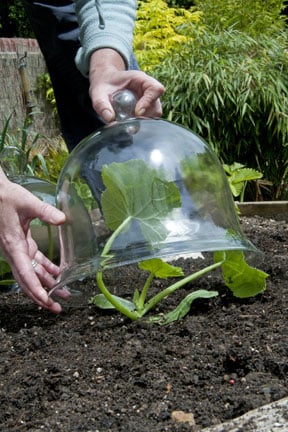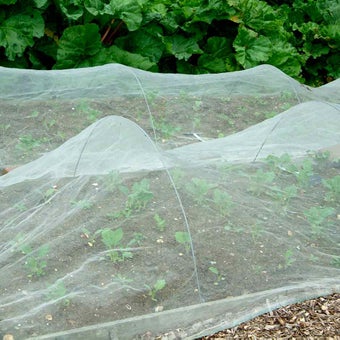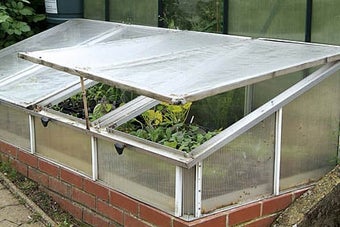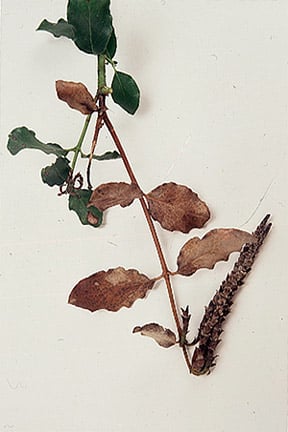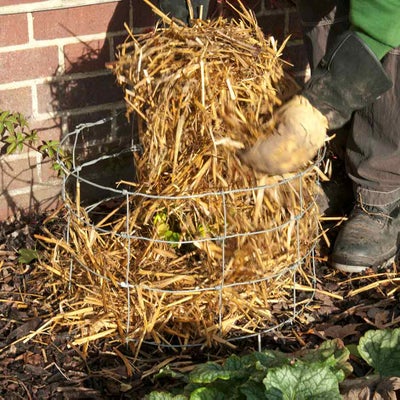
Quick facts
Suitable for - Trees, shrubs, tender plants, garden structures
Timing - Mainly in autumn, before the winter
Difficulty - Easy to moderate
Suitable for...
In mild areas, tender plants can be overwintered outside with appropriate protective coverings.
In cold or exposed areas, even hardy plants may need some protection from the elements.
Evergreen plants and pot plants are at particular risk, so require special attention.
Video tips for preparing your garden for the winter months
When to protect plants
Protective wrappings should be put in place at the first sign of frosts.
Cultivation practices can be altered from mid-summer onwards to protect plants later in the season. Long-term planning for planting shelter belts or positioning new plants can be done at any time.
How to prevent winter damage
Protection through cultivation
- Feeding: Avoid applications of nitrogen-rich fertilisers late in the season, as they stimulate sappy growth
- Soil cover: Soil exposure, particularly in the vegetable patch, can result in leaching of nutrients. Green manure, such as mustard, sown in September reduces this leaching. Juvenile plants will retain until dug back into the soil in spring
- Mulching: This can reduce compaction and soil erosion that can commonly follow heavy rain
- Overwinter plants by wrapping: Plants can be protected from cold, wet weather by wrapping with re-used or plant-based horticultural . For more on overwintering plants, see the links below
- Plant in a sheltered spot: Your garden is a microclimate in itself. You will have warm spots, at the base of a south-facing wall, and cold or wet spots on the north side of the house. Choose plants carefully for each of these positions. Site early-flowering plants such as magnolias and camellias so that they are not exposed to the morning sun, as rapid thawing of frozen can result in blackening and drop
- Containers: Keep containers in dry, sheltered areas, grouped together for mutual protection. Prevent roots freezing in containers by wrapping with bubble polythene or straw. Alternatively plunge (bury with the rim just showing) the pot into the ground
Other measures
- Structures: Before the start of winter, check all garden structures and replace or re-attach loose panels, roofs, posts and fences. Replace solid fences with ones that are 50 percent wind permeable to avoid gusting, turbulence and shaking
- Plant windbreaks: A cold and windy site will often require windbreaks of additional planting such as hedges. Strategic placing of temporary woven hurdles, netting or similar materials on deeply embedded stout posts can help in the short-term
- Drainage: Deal with drainage problems promptly, as wet soils can make young or shallow rooted trees more likely to uproot in the wind
Climate change
Gardening in a changing climate brings uncertainty and the potential for more extreme weather.
Milder winters are not necessarily good news for gardeners as they may prevent the protective deep common in many trees and shrubs. This increases their susceptibility to frost and scorch caused by cold winds or sudden cold snaps.
However, on the plus side the mild winters experienced in recent years have led to better survival of more tender plants, increasing the range of species available to gardeners.
Problems
If snow sits on hedges or the crowns of trees there is a danger of branches breaking. Shake off excess snow as it starts to build up on branches, and prune hedges to taper at the top to minimise snow damage.


